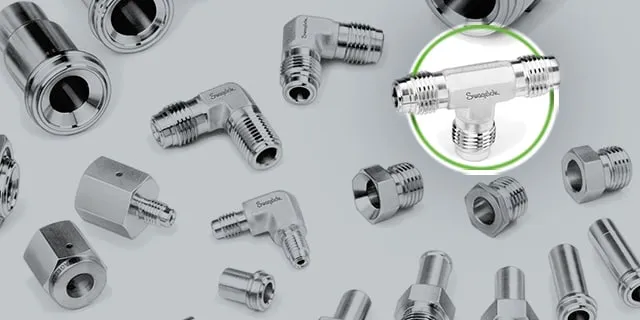The manufacturing industry couldn’t function without tubing and fittings. The cylindrical conduits are the backbone of countless industries today and transport fluids, gases, and more. However, the tubing cannot do this job without the proper fittings. They work together to ensure the smooth flow of these items.
Contents
The Basics
Tubes are hollow cylinders constructed from plastic, metal, or composites. Companies may choose from a range of sizes and shapes when purchasing tubing. In addition, they can determine the specifications needed for the Hastelloy C-22 tubings and fittings based on what they will be used for. Tubes differ from pipes because the outer diameter and wall thickness distinguish them. People may feel this distinction is minor, but it plays a role in the product’s structural integrity and the environments in which each should be used.
The Purpose of Tubes
Tubes transport gases and fluids in industrial settings. They may be used within a plant or facility to transport these items short distances or underground across continents. The tubes must allow for the seamless flow of these items, which is essential for heating, cooling, and chemical reactions. Tubes are frequently used in material handling systems to convey solids, including granules and powders. The agricultural and food processing industries could not transport raw materials efficiently without tubes.
Thermal Management
Tubes are used in many thermal power plants, HVAC systems, and chemical refineries. They are used to facilitate heat transfer and thermal management processes. Without these conduits, thermal energy could not be transferred between points. The correct tubing must be selected to increase the heat transfer efficiency while reducing energy losses. When the wrong product is chosen, operational reliability decreases.
Material Selection
When selecting tubing and fittings, a person must consider where these items will be used and select the appropriate material. In areas where chemical corrosion is a concern, companies should opt for alloy steel, carbon steel, and other corrosion-resistant alloys. Specialized coatings and linings should also be considered to extend the lifespan of the tubing while increasing its durability.
Pressure Management
Many industrial processes involving fluids and gases occur under pressure. Flow rates may vary, and the tubes must withstand demanding conditions while ensuring the fluids are controlled and regulated. The fittings play a significant role in providing this control and regulation. They allow the operator to monitor the pressure, temperature, and flow parameters. Doing so ensures the process is safe, efficient, and reliable. People can never underestimate the importance of tubing and fittings in fluid control and pressure management.
Automation
Automation and the Internet of Things have made modern tubing systems more interconnected and intelligent. Engineers incorporate sensors, control systems, and actuators into this system for performance monitoring, anomaly detection, and remote operation facilitation. This automation makes predictive maintenance possible, and users can optimize the systems in real-time. Business owners appreciate the information from automation because it allows them to make data-driven decisions. Operational efficiency and uptime increase with the help of automation and the Internet of Things.
Tubing and fittings are essential in countless industrial applications. They serve as conduits for fluids, gases, and solids. The demand for these items will continue to increase as industries evolve and innovate. Engineers recognize this and continue to find ways to improve on these items to meet current and future demands, allowing their customers to remain ahead of competitors.







